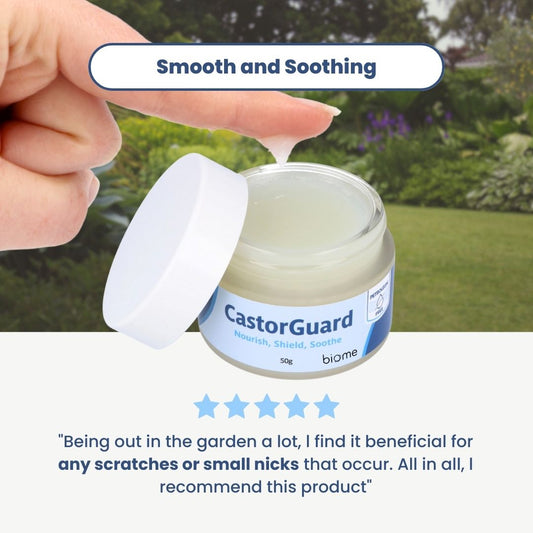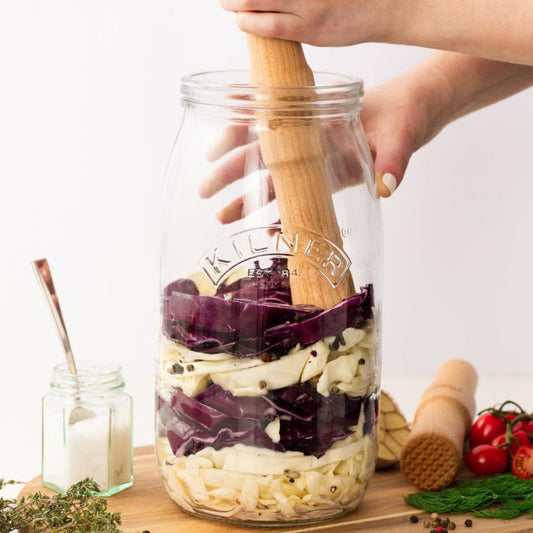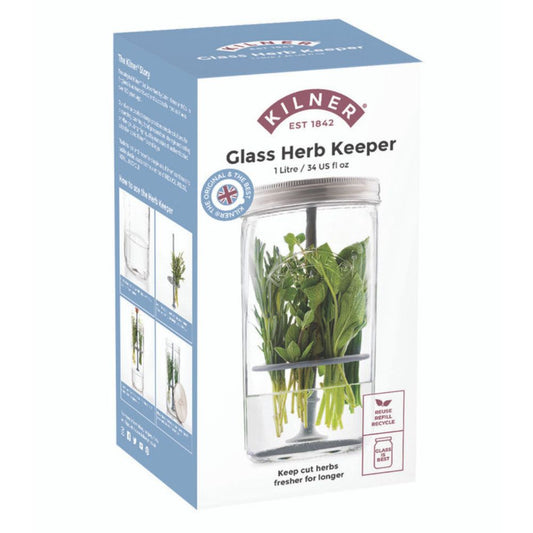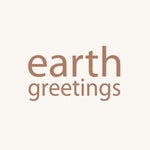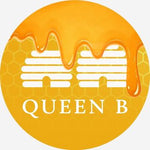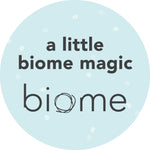
This blog is for those of us who love the idea of a bee hotel and perhaps have even considered purchasing one. Simply because we believe this little house must benefit native bees, plus it's super cute! But, the truth is, we don't know how a bee hotel actually works… You've arrived at the right place to find out!
At Biome, we have been selling Australian made bee houses for many years.
What do we mean when we say bee hotel or bee house?
A bee house or bee hotel is a house-shaped collection of reused timber boxes and weed bamboo that creates nest like figurations for native bees. Check out the one's below for an example.
What is the benefit of a bee hotel?
Native bee populations in Australia and around the world have been declining due to the growth of cities. In nature, bees will often create a burrow within trees or decaying timber. With the development of cities and towns, these natural homes are often removed to put down lawns. The aim of having a bee hotel or hotel is to create a safe place for solitary Australian native bees to establish a home within your garden. Furthermore, having the bees in your yard will encourage the pollination of local wildflowers and your veggie patch!
How does a bee house of bee hotel work?
The native bees of your area will use the bee house to nest and hatch their young. In addition, the nest provides shelter and safety from extreme weather conditions. An important note is that native bees use bee houses in different ways. There are 1600 native bees in Australia; we suggest looking up which type of native bees usually reside in your area to plan all of the details of your bee hotel!
Which native bees will use a bee hotel?
It's not the honey bee you may be familiar with that you can expect to check into your bee hotel; rather, it will be Australian non-social native bees. Some of the expected guests that may be checking into your bee house include the carpenter bee, leaf cutter bee and resin bees. So let's get to know these bees a little bit…
Carpenter Bee
These little guys are the biggest bee in Australia, at 15-24mm! They reside within Western Australia, Northern Territory, Queensland and New South Wales. Carpenter bees usually nest within holes in wood and trees, so a bee hotel or house may be perfect!
Leafcutter Bee
The leafcutter bee (6-15mm) is a fascinating creature. The female leafcutter will snip a piece of a leaf to create cradles for her eggs to keep inside her nest. Leafcutter bees can be found all over Australia. Leafcutter bees will also block their nests with leaves.
Resin Bee
Resin bees (they also go by Megachile) are usually 8 to 14mm in size. They get their name as they make their homes out of resin. Most resin bees build their homes in narrow holes in timber but may also use other crevices. These bees will seal the entrance to their nest with resin.
Where to place the bee hotel?
Your bee house should be placed in a sunny area of your garden, hung securely from your fence or wall. It's crucial that it is securely hung and won't rock in the wind. It's best to face the house or hotel south or south-east and the further from the ground the better, at least a meter is desirable.
Do you keep your bee hotel out all year?
No! Your bee hotel won't be occupied all year long; during the cooler months and rainy season, it's best to keep your hotel in a garden shed or somewhere when it won't be damaged. It's essential that after the bees have used the house or hotel for the season, it's cleaned out before storing in the shed and being brought out again next spring. If the bee house is left out in bad weather and not cleaned, it can be detrimental to the bees trying to inhabit it. You will be able to tell when the bee house is occupied as the tunnels will be blocked off with leaves and mud; in this case, leave the bee house alone.
Remember: Plant some flowers!!!
An essential and sometimes forgotten factor is that you also have to have bee-attracting flowers and your bee house! Although providing shelter for the bees is a lovely gesture, they still need a reason to be attracted to your yard in the first place! Flowers are the ultimate bee attractor! Plant some flower seeds to bring them to your garden.
Further reading and watching: https://www.aussiebee.com.au/leafcutter_bee.html https://www.aussiebee.com.au/xylocopa.html https://www.aussiebee.com.au/resin_bee.html https://www.youtube.com/watch?v=zH7YorqNeXY



